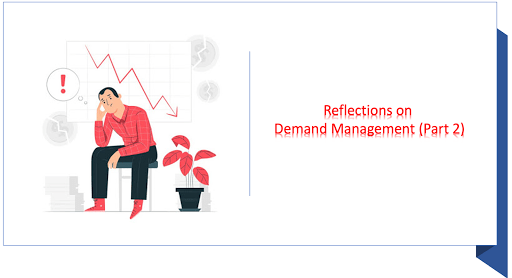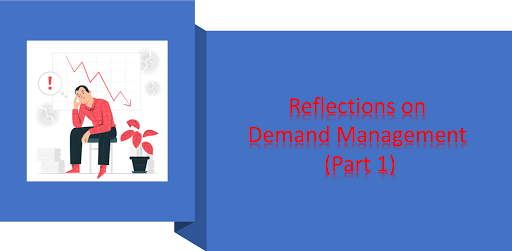Tips for effective WFM presentations
This article, original from WFManagement in Spanish (
https://wfmanagementesp.blogspot.com), is aimed at analysts and middle managers who need to present reports to their superiors or other areas, referring to WFM planning or any planning in general.The request was: for 4 of the current customer service segments, which we divided them into 5 new subsegments, in order to prioritize customer service at a higher value. In turn, with these 20 segments, we generated 4 different scenarios varying the service objectives for each one.
The forecasting team got to work on the subject and in record time put together a worksheet that allowed the calculation of hours required for the 80 different scenarios. We started to review it with Carlos through a video call, since he has to analyze the scenarios with the Management, and he releases the magic phrase:
“Che, how complicated, these forms are understood only by you”
Did it ever happen to you? Personally I have lost count the number of times I have been asked this question. Although my answer was “if you ask for something complex, what we will build is going to be complex”, the review turned out well as we used some tips that we learned over time.
So here are some tips for when you have to present analysis / scenarios / simulations to people who are not familiar with the WFM process. We are going to add some examples imagining that they have to re-plan the next quarter due to an extension of the quarantine due to the pandemic, traffic grew and productivity fell, so they were asked to generate a scenario of lower service level to try to compensate the increase in the necessary hours.
This is very useful, I would say essential, because it delimits the playing field on which we are going to talk.
The conclusions, for their part, are what managers and directors are desperate to see, they are invaded by anxiety to know if their ideas generate the economic impact they expect.
“What I do not know does not worry me.” It is not recommended that the presentation shows the excel spreadsheet with all the calculations visable. If there are many numbers on the screen the viewers may feel lost and mistrust wins. Always include a separate sheet in which only the most important results are shown. For a bonus include dynamic inputs on the main sheet, to that new simulations can be automatically generated by the user.
In the example, the ideal situation would be to make the inputs in the sheet editable by those who receive the presentation. If the scenario was generated from a change in the Service Level, it is almost mandatory to be able to edit this input and obtain the impact in hours. Even if we are talking to someone from Operations, they can suggest improvements in TMO and Utilization that could modify the scenario.
This goes hand in hand with the previous point: DO NOT change tabs, DO NOT change books, DO NOT edit a formula, unless it is absolutely essential.
A situation that generates mistrust is when we modify the data and formulas while presenting the information, this has to be done only in the event that one of the spectators requests it, to evaluate a particular scenario.
Just taking into account those 4 points, you will already have a large part of the meeting resolved and a safe approval from your boss. Remember that although our work is complex, transmitting security and simplicity makes people trust us more as professionals. No one who has not worked in WFM will understand what we do in detail, but everyone has to be sure that we are doing it correctly.
A warm nudge to all, I hope you are holding in the best way these days, see you in the next article.
Mariano.







Responses